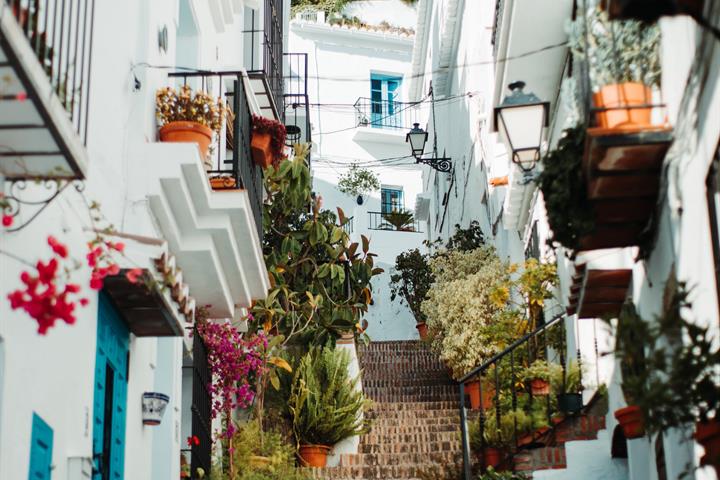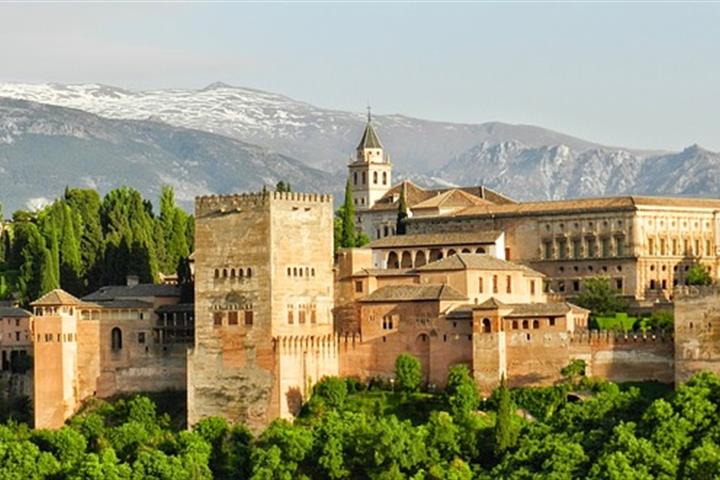Andalusia travel information and video
Holiday information, facts, photos and video about Andalusia
Featured holiday homes in Andalusia
Things to do while you are here
Exciting places to visit in Andalusia
Reviews for Andalusia
Average overall ratings - Based on 21464 reviews.
City
Coast
| City: | |
| Coast: |
Submitted by: Piotr
29. Nov 2021
This review is in English
This review is in English
Report abuse
You found this abusive
| City: | |
| Coast: |
Submitted by: Kjeld Svane
28. Nov 2021
This review is in English
This review is in English
Report abuse
You found this abusive
| City: | |
| Coast: |
Submitted by: Michael Davey
28. Nov 2021
This review is in English
This review is in English
Report abuse
You found this abusive
| City: | |
| Coast: |
Submitted by: Gregory Wright
27. Nov 2021
This review is in English
This review is in English
Report abuse
You found this abusive
| City: | |
| Coast: |
Submitted by: Kees van Bergenhenegouwen
26. Nov 2021
This review is in English
This review is in English
Report abuse
You found this abusive
| City: | |
| Coast: |
Submitted by: Wolfgang Brandenburg
21. Nov 2021
This review is in English
This review is in English
Report abuse
You found this abusive
| City: | |
| Coast: |
Submitted by: Marita Lundahl
20. Nov 2021
This review is in English
This review is in English
Report abuse
You found this abusive
| City: | |
| Coast: |
Submitted by: Terje Kvitberg
20. Nov 2021
This review is in English
This review is in English
Report abuse
You found this abusive
| City: | |
| Coast: |
Submitted by: Arntz
20. Nov 2021
This review is in English
This review is in English
Report abuse
You found this abusive
| City: | |
| Coast: |
Submitted by: Eva Martinsen
19. Nov 2021
This review is in English
This review is in English
Report abuse
You found this abusive
| City: | |
| Coast: |
Submitted by: Trudy & Rob
18. Nov 2021
This review is in English
This review is in English
Report abuse
You found this abusive
| City: | |
| Coast: |
Submitted by: Charlotte Braun
18. Nov 2021
This review is in English
This review is in English
Report abuse
You found this abusive
| City: | |
| Coast: |
Submitted by: Ulf Lindgren
18. Nov 2021
This review is in English
This review is in English
Report abuse
You found this abusive
| City: | |
| Coast: |
Submitted by: Yrsa Bernhardsson
16. Nov 2021
This review is in English
This review is in English
Report abuse
You found this abusive
| City: | |
| Coast: |
Submitted by: Elisabeth
15. Nov 2021
This review is in English
This review is in English
Report abuse
You found this abusive
| City: | |
| Coast: |
Submitted by: alphons boggemann
14. Nov 2021
This review is in English
This review is in English
Report abuse
You found this abusive
| City: | |
| Coast: |
Submitted by: Lars-Olof Olsson
14. Nov 2021
This review is in English
This review is in English
Report abuse
You found this abusive
| City: | |
| Coast: |
Submitted by: Scott Monk
9. Nov 2021
This review is in English
This review is in English
Report abuse
You found this abusive
| City: | |
| Coast: |
Submitted by: Andy Mulholland
8. Nov 2021
This review is in English
This review is in English
Report abuse
You found this abusive
| City: | |
| Coast: |
Submitted by: Dorothy Upsall
7. Nov 2021
This review is in English
This review is in English
Report abuse
You found this abusive






